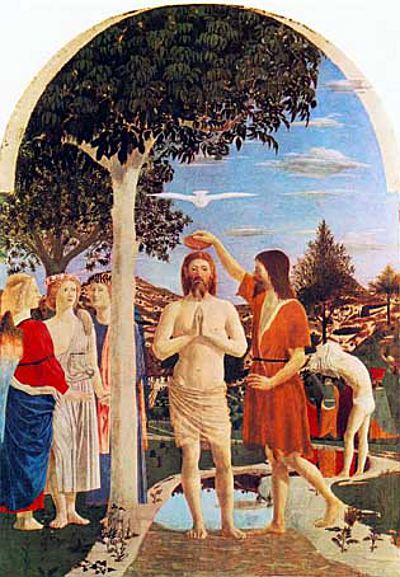Med denne overskrifta sikter jeg spesielt til messens (Novus Ordo) andre eukaristiske bønn, den skulle visstnok bygge på en romersk eukaristisk bønn fra 200-tallet, funnet i skriftet Den apostoliske tradisjon, og være skrevet av en prest som heter Hippolytus. Men de siste 15-20 år har man forstått at dette faktisk ikke er tilfelle. Den kjente liturgen/ teologen John F. Baldovin, S.J. (som ikke er spesielt konservativ) skrev i 2003 om dette i tidsskriftet Theological Studies, Nr. 64 – og jeg leste artikkelen i går. Fr Baldovin skriver bl.a.:
When I was a student, the commonly accepted opinion on the Apostolic Tradition ran something like this: Here we have a church order that gives us data on important ecclesiastical practices from the early-third century. The writer was a presbyter/theologian, named Hippolytus, who opposed Bishop Callistus of Rome over the latter’s laxity in readmitting sinners to church fellowship. He thus became a schismatic anti-pope, but was reconciled before his death as a martyr. A conservative, he advocated ancient usages of the Church. A crusty old parish priest unwilling to abide by his bishop’s liturgical innovations, he set down in a single document these rather antiquarian rules for liturgy and church conduct.
Nothing about this synthesis is correct. The title of the document in question is not the Apostolic Tradition. It cannot be attributed to Hippolytus, an author whose corpus of biblical commentaries and anti-heretical treatises is somewhat well known. As a matter of fact it is even doubtful whether the corpus of that writer can actually be attributed to a single writer. Finally, the document does not give us certain information about the liturgical practice of the early-third-century Roman Church.
Why then is it important to revisit the document? The importance of the so-called Apostolic Tradition consists mainly in its use by modern students in constructing the early history of the liturgy, and its use as the foundation of contemporary liturgical practice. Three examples will suffice: (1) The Second Eucharistic Prayer of the post-Vatican II Roman Rite (not to mention similar prayers used by a number of Anglican and Protestant churches) finds its inspiration in the anaphora given in chapter four of the Apostolic Tradition. (2) The ordination prayers of the Roman Rite have been influenced by the document. And (3), as a colleague once put it, the Roman Catholic adult catechumenate would never have taken its present shape without the framework provided by Hippolytus.
How, then, did we arrive at this false synthesis known as the Apostolic Tradition of Hippolytus of Rome and what can we say today about the putative author and provenance of the document? …
Dette er en lærd artikkel på 23 sider, med svært mange fotnoter, så jeg må hoppe over det meste og bare ta med meg Fr Baldovins avslutning:
(1) The first conclusion is obvious, namely that, in its present state, the document commonly but probably mistakenly referred to as the Apostolic Tradition does not represent the state of affairs in the Church at Rome in the early-third century. While Rome cannot be completely ruled out as one of the places that the document originated, it seems far more likely that it was “born” in the East, perhaps even Alexandria …
(2) One can speak only cautiously of authorship of a document that consists of church regulations. It is a piece of “living literature.” At the most, one can say that there are some phrases that point to the compilers’ familiarity with the work attributed to the Hippolytus of the Contra Noetum and that some elements in the document have a second-century origin.
(3) The current state of research favors a picture of church order and ministerial structure in transition, if not necessarily at Rome, then perhaps in various churches of the third century.
(4) There is a very real possibility that the Apostolic Tradition describes liturgies that never existed. A fortiori, great caution must be employed in appealing to this document to justify contemporary rites. …
(5) Many doubts have been expressed here, and many questions left open. Even if the liturgies described in the so-called Apostolic Tradition never existed in practice, they have had a major impact on the subsequent history of liturgical practice especially and perhaps even ironically in the West. The document addressed in this study has shaped the contemporary liturgies of initiation, ordination, and Eucharist. Of this there can be no doubt at all.
Les hele artikkelen her.
Jeg leste også en artikkel Paul F. Bradshaw skriver om samme emne: Liturgy in the Absence of Hippolytus
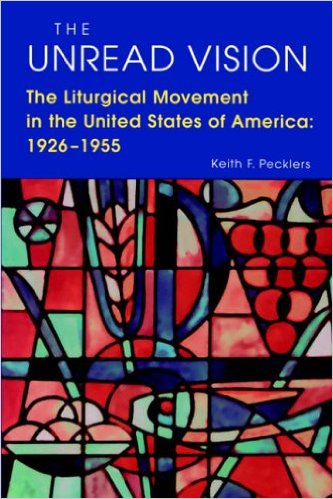 Etter å ha lest mange bøker de siste fem månedene som presenterer Kirkens liturgi de siste mange hundre (og opp til to tusen) år, leser jeg nå den siste uka av studiepermisjonen litt nyere stoff. Bl.a. denne boka som jeg allerede har lest en gang før (for 7-8 år siden): The Unread Vision: The Liturgical Movement in the United States of America: 1926-1955 av Keith F. Pecklers, SJ.
Etter å ha lest mange bøker de siste fem månedene som presenterer Kirkens liturgi de siste mange hundre (og opp til to tusen) år, leser jeg nå den siste uka av studiepermisjonen litt nyere stoff. Bl.a. denne boka som jeg allerede har lest en gang før (for 7-8 år siden): The Unread Vision: The Liturgical Movement in the United States of America: 1926-1955 av Keith F. Pecklers, SJ.
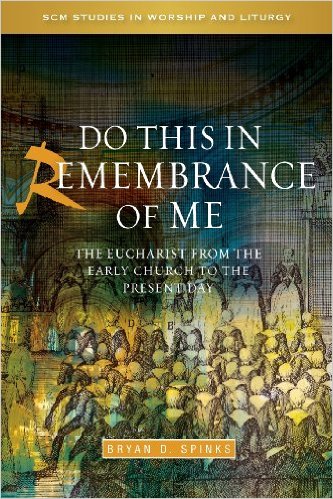 Do this in Remembrance of Me: The Eucharist from the Early Church to the Present Day av Bryan D. Spinks er den siste oversiktsboka over messens utvikling jeg har med meg, og jeg har lest den ferdig i dag. (De siste bøkene jeg har med meg på dette studieoppholdet handler mer om liturgisk utvikling de siste 100 år – og jeg kommer tilbake til dem.)
Do this in Remembrance of Me: The Eucharist from the Early Church to the Present Day av Bryan D. Spinks er den siste oversiktsboka over messens utvikling jeg har med meg, og jeg har lest den ferdig i dag. (De siste bøkene jeg har med meg på dette studieoppholdet handler mer om liturgisk utvikling de siste 100 år – og jeg kommer tilbake til dem.)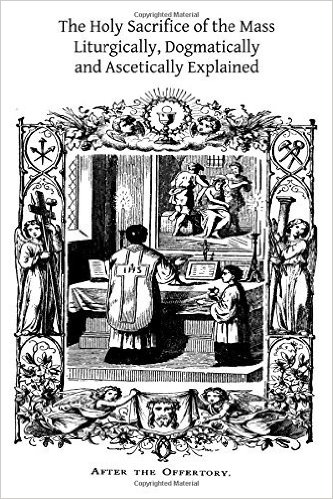 Den nest siste store oversiktboka over messens liturgi jeg har sett på er The Holy Sacrifice of the Mass: Liturgically, Dogmatically and Ascetically Explained av Fr Nicholas Gihr. Den ble utgitt i 1902, men er ny utgitt i nylig, min utgave (fotostatkopi) er fra 2013.
Den nest siste store oversiktboka over messens liturgi jeg har sett på er The Holy Sacrifice of the Mass: Liturgically, Dogmatically and Ascetically Explained av Fr Nicholas Gihr. Den ble utgitt i 1902, men er ny utgitt i nylig, min utgave (fotostatkopi) er fra 2013.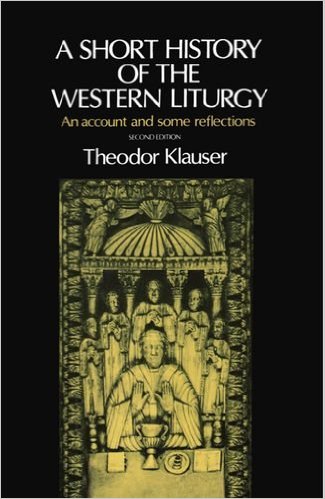 Jeg leser i dag ferdig Theodor Klauser: A Short History of the Western Liturgy. Det er ei nokså kort bok (litt over 200 s) og en del av stoffet er godt kjent for meg, men han skriver bl.a. en del interessante ting om hvordan Tridentinerkonsilets liturgireformer ble gjennomført. På
Jeg leser i dag ferdig Theodor Klauser: A Short History of the Western Liturgy. Det er ei nokså kort bok (litt over 200 s) og en del av stoffet er godt kjent for meg, men han skriver bl.a. en del interessante ting om hvordan Tridentinerkonsilets liturgireformer ble gjennomført. På  Jeg har nå lest ferdig den ganske berømte The Shape of the Liturgy, av Dom Gregory Dix, og er faktisk ikke så veldig fornøyd med boka.
Jeg har nå lest ferdig den ganske berømte The Shape of the Liturgy, av Dom Gregory Dix, og er faktisk ikke så veldig fornøyd med boka. Jeg har nå lest ferdig denne boka, som forfatteren, Richard W. Pfaff, i forordet skriver kanskje heller burde ha blit kalt The Liturgical Books of Medieval England, eller enda bedre (men for langt) The Liturgy in Medieval England: An Essay on the History of Medieval England as seen through Liturgical Sources.
Jeg har nå lest ferdig denne boka, som forfatteren, Richard W. Pfaff, i forordet skriver kanskje heller burde ha blit kalt The Liturgical Books of Medieval England, eller enda bedre (men for langt) The Liturgy in Medieval England: An Essay on the History of Medieval England as seen through Liturgical Sources.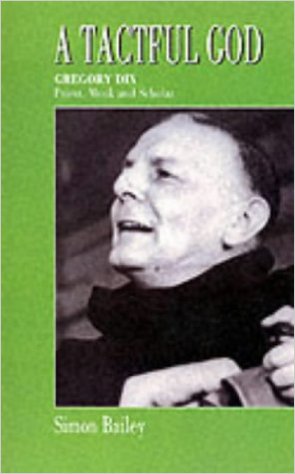 Jeg leste i dag ferdig booka A Tactful God av by Simon Bailey, og den beskriver livet og det liturgiske arbeidet til Dom Gregory Dix, den kjente anglikanske (anglo-katolske) liturgieksperten. (Jeg har hans svært kjente bok, The Shape of the Liturgy med meg på dette studieoppholdet, og skal lese (i alle fall deler av) de 750 sidene om ikke lenge.)
Jeg leste i dag ferdig booka A Tactful God av by Simon Bailey, og den beskriver livet og det liturgiske arbeidet til Dom Gregory Dix, den kjente anglikanske (anglo-katolske) liturgieksperten. (Jeg har hans svært kjente bok, The Shape of the Liturgy med meg på dette studieoppholdet, og skal lese (i alle fall deler av) de 750 sidene om ikke lenge.)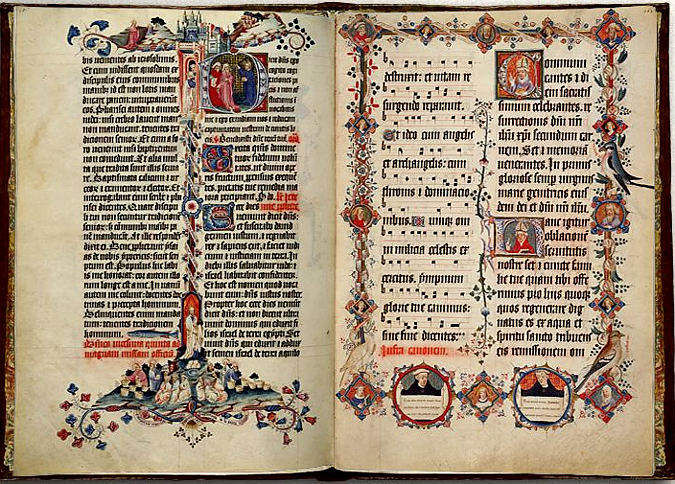
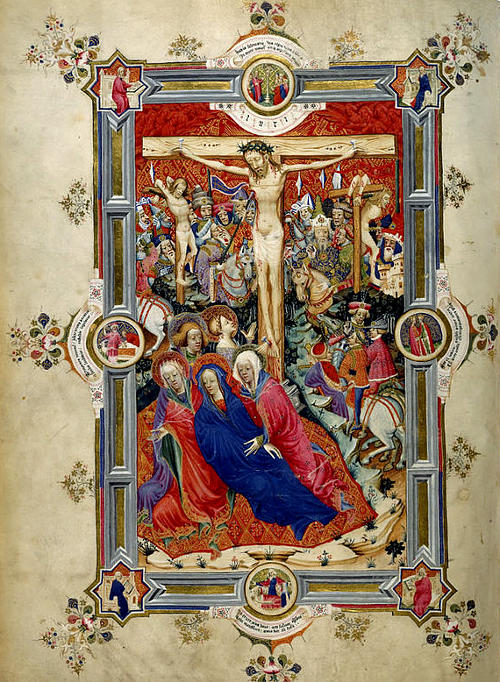
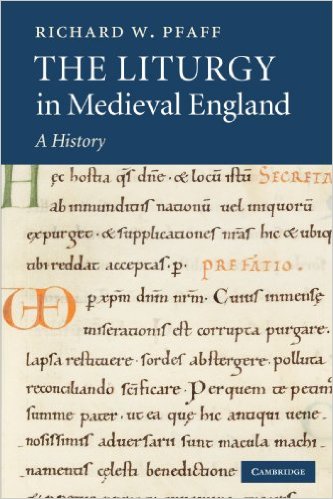
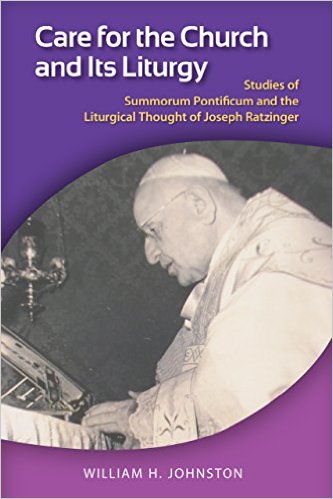 Jeg har nå lest ferdig boka Care for the Church and Its Liturgy: A Study of Summorum Pontificum and the Extraordinary Form of the Roman Rite av William H. Johnston, som ganske grundig og saklig gjør rede for pave Benedikts utvidelse av muligheten til å feire den tradisjonelle latinske messen.
Jeg har nå lest ferdig boka Care for the Church and Its Liturgy: A Study of Summorum Pontificum and the Extraordinary Form of the Roman Rite av William H. Johnston, som ganske grundig og saklig gjør rede for pave Benedikts utvidelse av muligheten til å feire den tradisjonelle latinske messen. 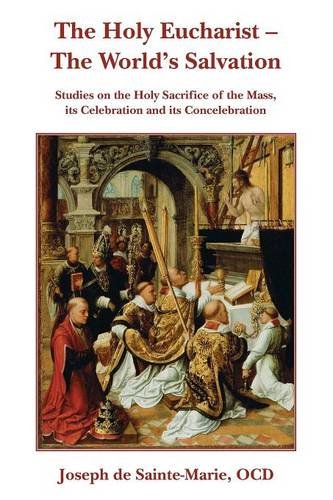 Jeg har lest ferdig boka The Holy Eucharist – The World’s Salvation, der forfatteren, Joseph de Sainte-Marie, OCD, er nokså kritisk til praksis som har kommet etter 1970 mht konselebrasjon av messen. Han er ikke mot konselebrasjon, og finner det bl.a. naturlig at prester konselebrerer med sin biskop ved spesielle anledninger, men han finner det ikke naturlig at mange prester skal konselebrere messer til stadighet, heller enn å feire egne messer. Han tar opp spørsmål som; blir ett eller flere messeoffer båret fram når mange prester konselebrerer en messe? Og han skiller tydelig mellom seremenoiell konselebrasjon (når f.eks. en biskop feirer messe med assisterende diakoner og en MC), og sakramental konselebrasjon (når flere prester deltar i konsekrasjonen).
Jeg har lest ferdig boka The Holy Eucharist – The World’s Salvation, der forfatteren, Joseph de Sainte-Marie, OCD, er nokså kritisk til praksis som har kommet etter 1970 mht konselebrasjon av messen. Han er ikke mot konselebrasjon, og finner det bl.a. naturlig at prester konselebrerer med sin biskop ved spesielle anledninger, men han finner det ikke naturlig at mange prester skal konselebrere messer til stadighet, heller enn å feire egne messer. Han tar opp spørsmål som; blir ett eller flere messeoffer båret fram når mange prester konselebrerer en messe? Og han skiller tydelig mellom seremenoiell konselebrasjon (når f.eks. en biskop feirer messe med assisterende diakoner og en MC), og sakramental konselebrasjon (når flere prester deltar i konsekrasjonen).
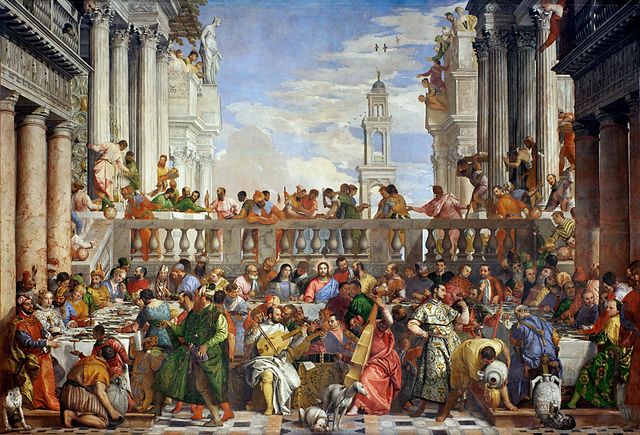
 En svært velutdannet tysker, Carl Anton Joseph Maria Dominikus Baumstark, skrev en bok i 1921, som jeg nettopp har lest.
En svært velutdannet tysker, Carl Anton Joseph Maria Dominikus Baumstark, skrev en bok i 1921, som jeg nettopp har lest. 